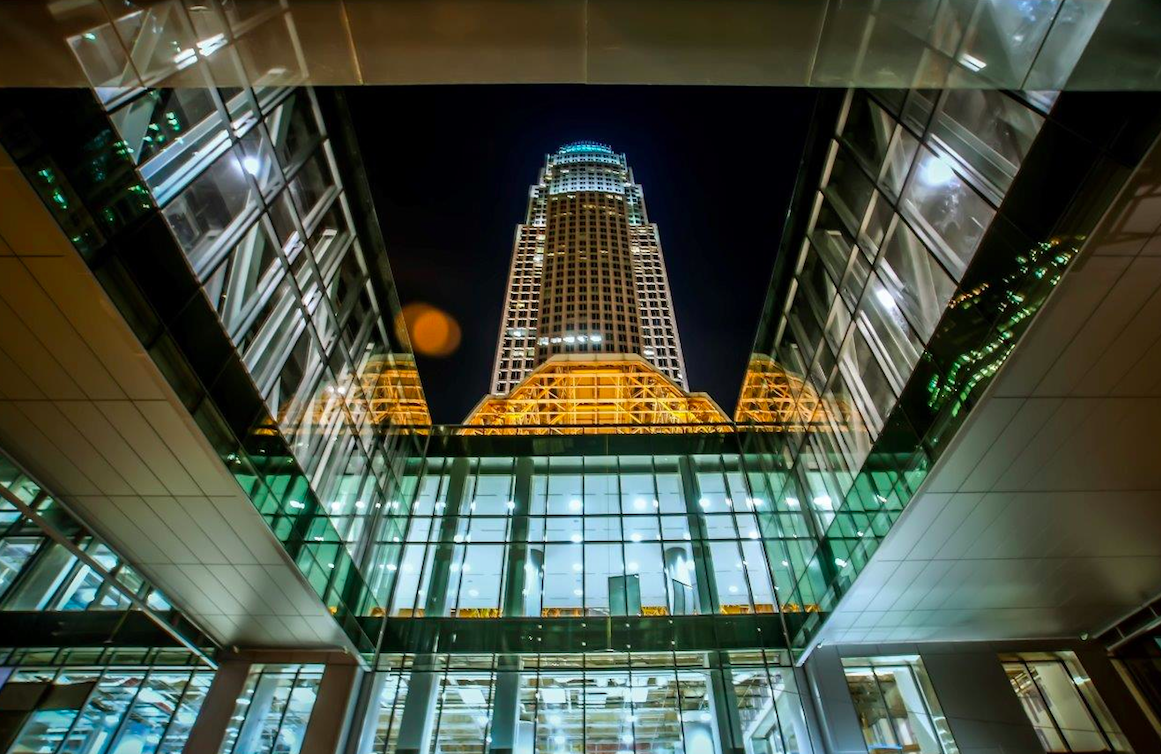Architecture, Design, and Psychology

Research indicates that, in the industrialized world, people spend over 90% of their time in buildings. Furthermore, there are no longer clear boundaries between work, home, or community places. This blending of environments has led designers and architects on a quest to better understand the psychology behind people and space. For example, research from Ohio University found that when people lack control over their environments, their stress levels climb.
Today, buildings are “smart” and allow people to control parts of their environment including light, sounds, and temperature. This helps to reduce stress and increase job satisfaction (NRC Institute for Research in Construction, 2010). Psychologists are also working with architects and designers to create spaces that promote sustainable choices (Hipp, J.A., Washington University in St. Louis). For instance, when corporations and universities offer bike racks and showers, employees and students are more likely to bike than drive. As noted by Hipp, “It’s about making these things the default choice.”
Although we can’t all reconstruct our work environments, we can think carefully about where we meet to make important business decisions. So, the next time your team has a strategic planning session, a team-building seminar, or an innovation workshop, think twice before heading to the windowless hotel conference room and maybe consider that local botanical garden instead.
Written by: Dana Borchert, Ph.D.
